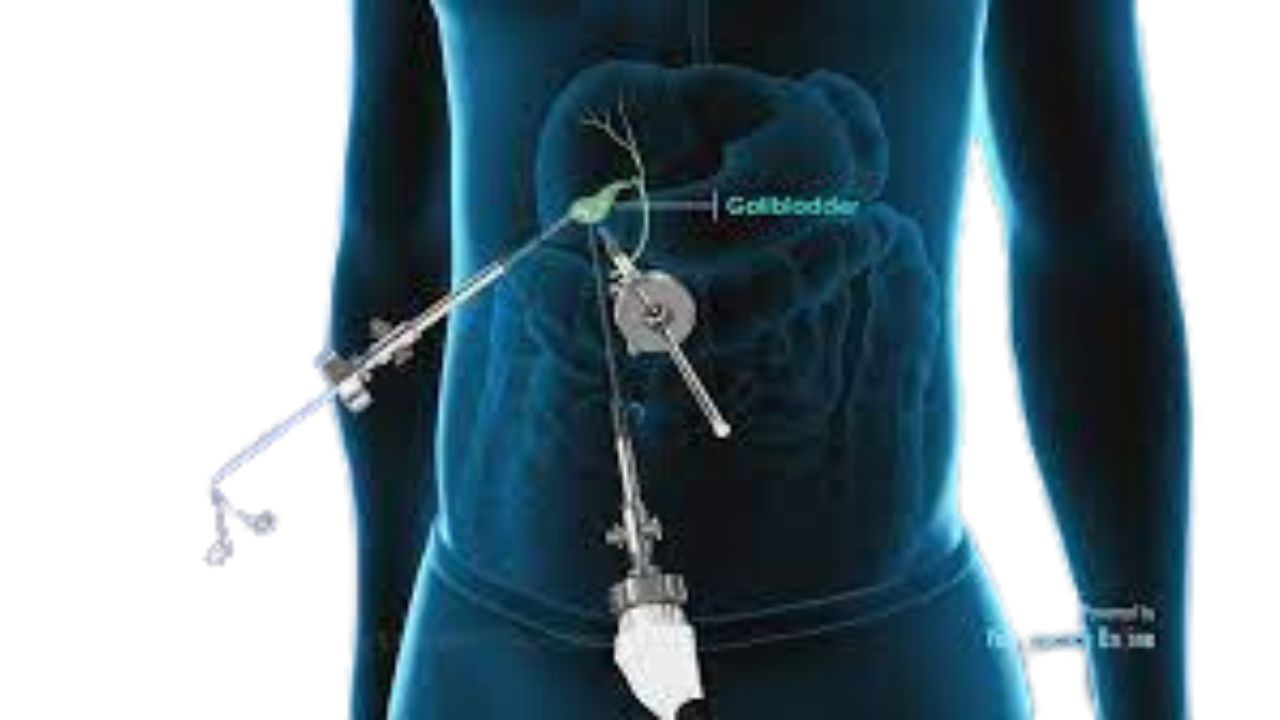Cholecystectomy in India
Cholecystectomy is a surgical procedure that removes the gallbladder, a small, pear-shaped organ located in the upper abdomen. The gallbladder stores bile, a fluid that aids in digesting fats. In India, surgeons commonly perform cholecystectomy using two main methods: laparoscopic and open surgery.
Types of Cholecystectomy
Laparoscopic Cholecystectomy
Laparoscopic cholecystectomy is the most common and minimally invasive method. Surgeons make four small incisions in the abdomen. They insert a laparoscope, a tiny camera, and specialized surgical instruments through these incisions to remove the gallbladder. This method offers a shorter recovery time, minimal scarring, and a reduced risk of complications. Most patients go home the same day.
Open Cholecystectomy
Open cholecystectomy involves making a single, larger incision in the abdomen to remove the gallbladder. Surgeons usually reserve this method for cases with complications or when the laparoscopic approach is not feasible. The recovery time for open cholecystectomy is longer compared to the laparoscopic method.
Indications for Cholecystectomy
Surgeons typically recommend cholecystectomy for the following conditions:
- Gallstones (Cholelithiasis): Solid particles that form in the gallbladder and cause pain and blockages.
- Bile Duct Stones (Choledocholithiasis): Gallstones that migrate to the bile ducts, leading to blockages.
- Gallbladder Inflammation (Cholecystitis): Swelling and irritation of the gallbladder, often caused by gallstones.
- Large Gallbladder Polyps: Growths on the gallbladder wall that may become cancerous.
- Pancreatitis: Inflammation of the pancreas due to gallstones blocking the pancreatic duct.
Symptoms of Gallbladder Issues
Common symptoms indicating the need for a cholecystectomy include:
- Abdominal Pain: Usually located in the upper right or middle abdomen. The pain may worsen after a heavy meal and can radiate to the back or right shoulder blade.
- Nausea and Vomiting: Frequent episodes often accompany the pain.
- Fever and Chills: Often indicating an infection or inflammation.
- Jaundice: Yellowing of the skin and eyes, usually due to bile duct obstruction.
Cost of Cholecystectomy in India
In India, the cost of a cholecystectomy is relatively affordable compared to other developed countries. The overall cost varies depending on factors such as:
- Number and size of gallstones
- Hospital charges
- Duration of hospital stay
- Pre- and postoperative care
Recovery and Aftercare
Postoperative recovery from a laparoscopic cholecystectomy typically involves a few days of rest, with most patients resuming normal activities within a week. Recovery from an open cholecystectomy may take longer, requiring several weeks of rest. Patients should follow a low-fat diet initially and gradually return to their regular diet. Regular follow-up appointments are crucial to monitor healing and address any complications.
Conclusion
Cholecystectomy is a routine surgical procedure in India with a high success rate and low risk of complications. Whether performed laparoscopically or through open surgery, it effectively alleviates the symptoms and complications associated with gallbladder issues. With affordable costs and advanced medical facilities, India is an excellent choice for patients seeking cholecystectomy.





